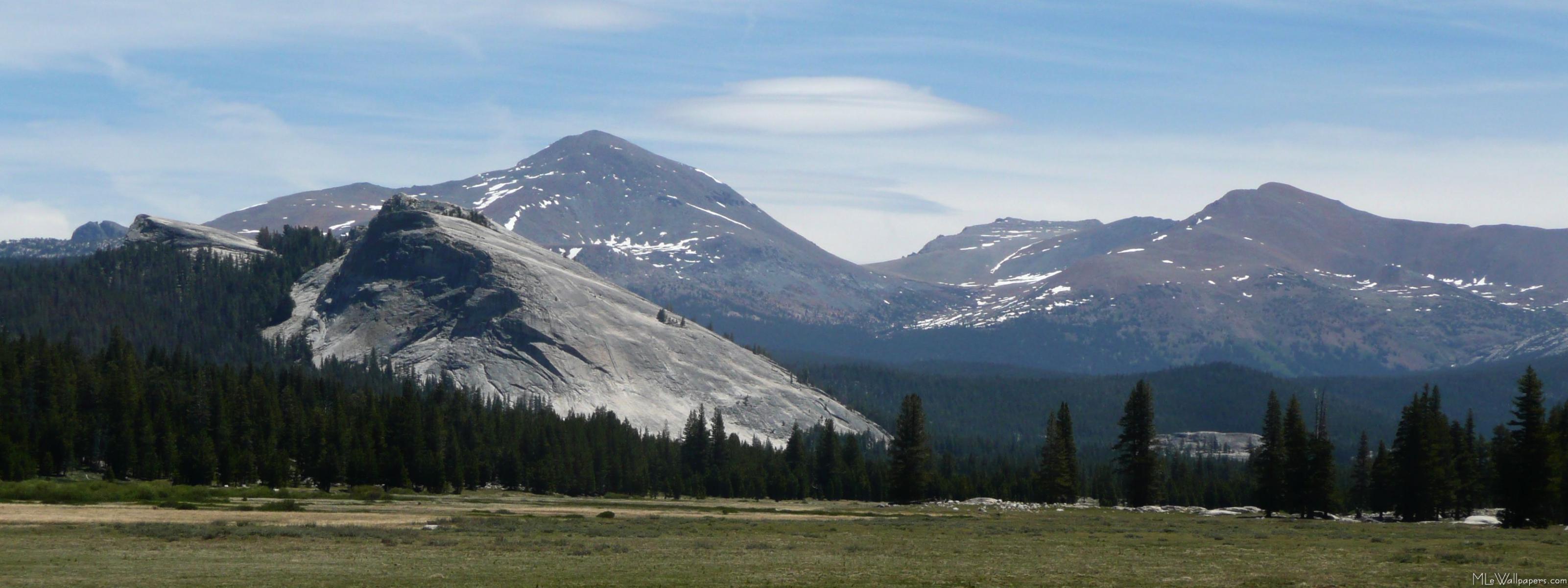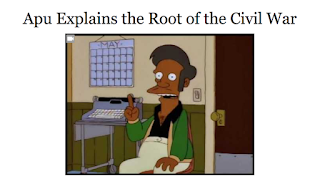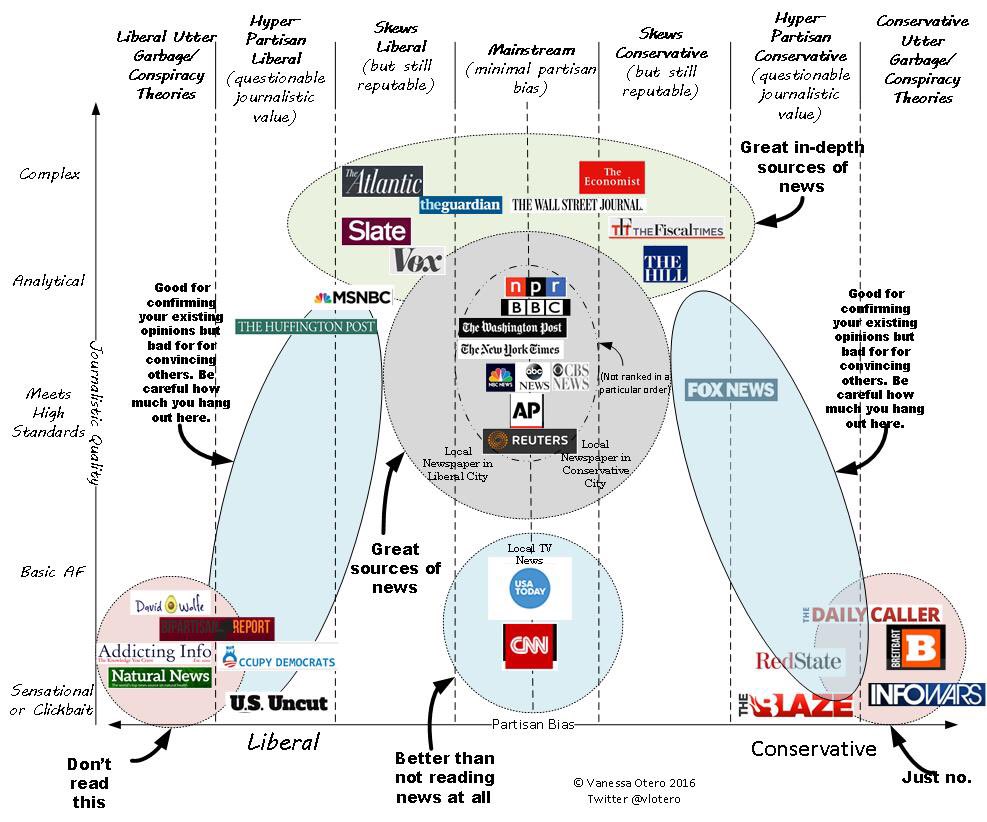I hope this message finds you healthy and as relatively happy as can be.
I miss my students and I make sure I tell them as much as possible. I’m asking them to communicate with me if they are having trouble with connecting and working online. I have their cell numbers and they have mine and we are connecting through group chats and one to one texts.
I’m also asking them to have some kind of fun but that they need to be safe and stay home. My son is playing more online games with his friends than he ever has but he and I are working on his summary/outlines and analyses. Then he and his classmates and I are getting together for formal and informal Zoom meetings.
Finally, I want them to use this time to learn about handling adversity and moving forward. As you know some of our students have dealt with adversity throughout their lives and some have not. Either way, we can learn how to make the most of a unfortunate situation.
At the same time, I want them to see history unfolding before them. I want them to think about how this compares to other times of adversity. During World War II, I tell them, 140 million people lived in the US while only 16 million served in the military and about one million saw combat. About 90% were not in the military and only one in 140 were in battle. I ask them, what did "the rest of us" do? What do we do now? We need to do our part I tell them and that’s to be great students and do what can keep ourselves and our families healthy and safe...
We’re “teaching” from Zoom meetings and I’ve been continuing to use my blogs. Here is my APUSH BLOG.
We are about four weeks away from our APUSH test (on May 15 at 11:00 AM Pacific Time) and I wanted to make sure you were able to move forward.
First off, I wanted to make sure you were aware of the bottom line regarding the test and then I wanted to share resources I have built for my students.
For those of us on the West Coast, the test is on May 15 at 11:00 AM. The test is 45 minutes long and consists of ONE DBQ. The students then have 5 minutes to upload their answer. The DBQ is shorter as it is only five documents of which one is a type of visual document. Students can take the test on any device and can handwrite the answer and take a photo of it to upload it and turn it in.
The test is also OPEN NOTES, which as many of you can imagine is a good/bad thing. Here is the UPDATED RUBRIC. As you can see, the rubric is now 10 points with the students being graded normally on the thesis and the context but the differences and added points are focused on the way the students use the documents and outside information and how many documents and what is considered outside information.
Regardless, I am asking my students to review as we have in the past because we NEED TO KNOW THE CONTENT and we need to be able to CLEARLY EXPRESS WHAT WE KNOW. Our DBQ PROCESS is only slightly altered for the fewer documents.
In the end, good luck with teaching all of this! As I ask my students, please take care of yourselves and take care of your families BEFORE you take care of school.
As always, if you have questions please let me know. At the same time if you have your own good resources and processes or have found helpful resources and processes, PLEASE SHARE THEM!
Thank you and good luck,
Bob
Resources
My DBQ’s and Schedule
April 17—Time Period 3— The Changing Ideals of American Womanhood, 1770-1865
April 24--Time Period 4—TBD (I will share and email as I make them)
May 1— Time Period 5— TBD
May 8— Time Period 6— TBD
May 15—Time Period 7— TBD




























